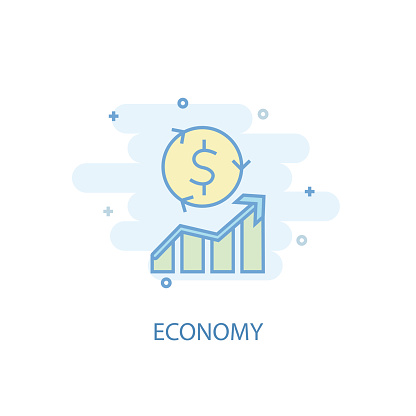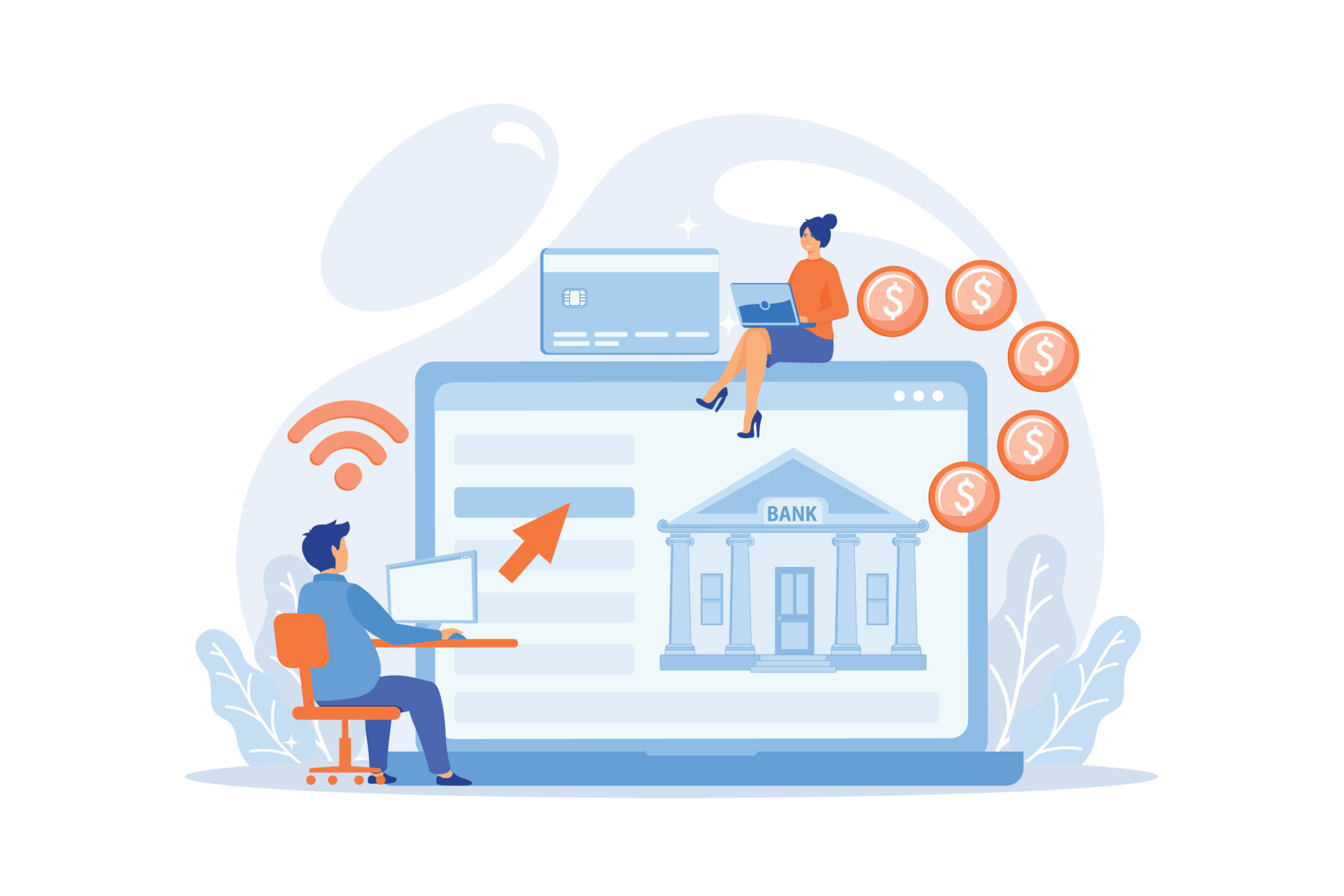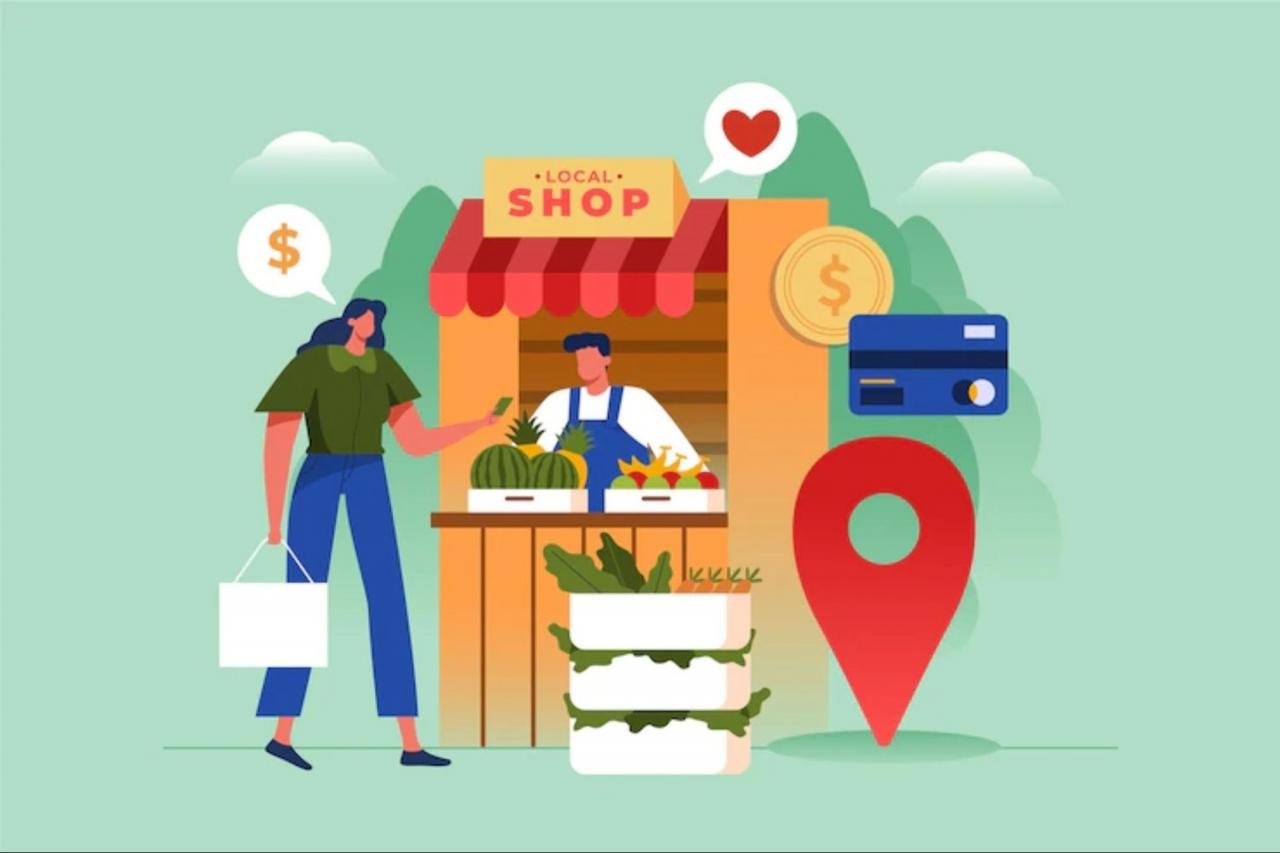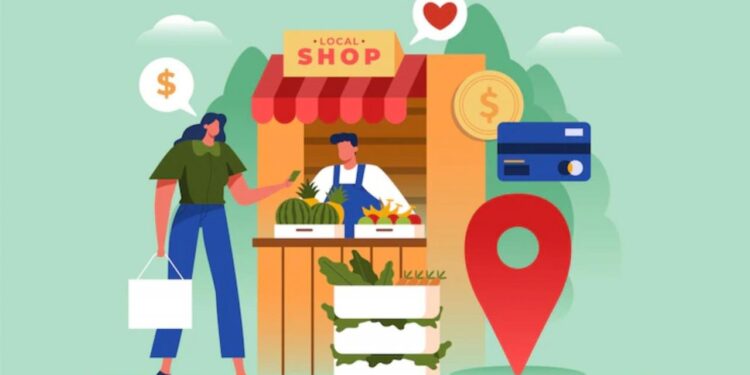Title: The Rise of Subscription-Based Businesses
The modern economic landscape is undergoing a profound transformation, shifting away from the traditional model of one-time purchases and embracing the subscription economy. This isn’t just a fleeting trend; it’s a fundamental change in how consumers and businesses interact, creating new revenue streams, fostering customer loyalty, and providing unparalleled convenience. From streaming services and software to curated boxes of goods and even everyday essentials, the subscription model has infiltrated nearly every sector. This comprehensive guide will explore the driving forces behind this surge, the benefits for both businesses and consumers, and the strategies for building a successful subscription-based business in this new era.

Understanding the Subscription Economy
At its core, the subscription economy is a business model where a customer pays a recurring fee—typically monthly or annually—to access a product or service. This contrasts with the transactional model, where a customer makes a single, one-off purchase. The concept isn’t entirely new; think of magazines, newspapers, or gym memberships. However, the digital revolution and a shift in consumer behavior have supercharged this model, making it more dynamic, scalable, and personalized than ever before.
The proliferation of the internet and the widespread adoption of smartphones have made it easier for companies to manage recurring payments and deliver value continuously. This technological foundation has allowed businesses to move beyond simple access and offer a tiered system of services, personalization, and community-building elements that were previously unimaginable. This shift is not just about a payment structure; it’s about a new kind of relationship, one built on continuous engagement and value delivery.
The Key Pillars of the Subscription Model
A successful subscription business isn’t just about collecting monthly fees. It’s built on a few fundamental principles that ensure long-term viability and customer satisfaction.
A. Recurring Revenue: This is the most significant benefit for businesses. Predictable income streams allow for better financial forecasting, investment planning, and overall stability. Unlike the fluctuating sales of a transactional business, a subscription model provides a steady, reliable flow of cash.
B. Customer Lifetime Value (CLV): By retaining customers over a long period, businesses can maximize the total revenue they generate from each individual. The focus shifts from a single sale to nurturing a long-term relationship, which can be far more profitable.
C. Personalization and Data: Subscriptions are a goldmine for data. Each interaction, each preference, and each usage pattern provides invaluable insights. This data allows businesses to tailor their offerings, improve their services, and create a highly personalized experience that keeps customers coming back.
D. Community and Engagement: Many successful subscription services, especially those in the content or community-based space, build a sense of belonging among their users. This community aspect fosters loyalty and creates a powerful network effect, making the service more valuable as more people join.
Drivers of the Subscription Economy Surge
Several factors have converged to create the perfect environment for the subscription economy to thrive. These drivers span technology, consumer behavior, and market dynamics.
The Shift from Ownership to Access
Today’s consumers, particularly younger generations, are increasingly prioritizing access over ownership. Why buy a physical music collection when you can stream millions of songs for a flat monthly fee? Why purchase expensive software when you can access the latest version of an application in the cloud? This “as-a-service” mindset is a significant cultural shift. It’s driven by the desire for convenience, the avoidance of upfront costs, and the need for flexibility. This is evident in sectors ranging from entertainment and transportation to fashion and even household goods.
The Power of Convenience
In a fast-paced world, convenience is a premium commodity. Subscriptions automate the process of obtaining goods and services, eliminating the need for repetitive decision-making. Whether it’s the weekly delivery of groceries, a monthly box of personal care products, or the effortless access to a vast library of films and TV shows, subscriptions simplify life. This ease of use and reduced friction are powerful motivators for consumers, making them willing to pay a recurring fee for the peace of mind that comes with convenience.
The Experience-Driven Consumer
Today’s consumers are not just buying products; they are buying experiences. A subscription is a relationship, an ongoing interaction that delivers value beyond the tangible product. Think of a curated subscription box that provides a sense of discovery and surprise each month, or a fitness app that offers personalized coaching and community support. The recurring nature of the subscription allows companies to continually enhance this experience, introducing new features, content, or products that keep the offering fresh and exciting.
Technological Advancements
The technological infrastructure required to support the subscription economy is now widely available and affordable. Sophisticated billing platforms, customer relationship management (CRM) systems, and data analytics tools allow businesses of all sizes to manage subscribers, process payments, and personalize experiences with remarkable efficiency. Furthermore, the ubiquity of high-speed internet and mobile devices means that digital services can be delivered seamlessly to a global audience, breaking down geographical barriers.
Benefits for Businesses and Consumers
The subscription model offers a win-win scenario, providing substantial advantages for both companies and their customers.

For Businesses:
- Stable and Predictable Revenue: As mentioned, this is the cornerstone of the model. It enables better financial planning and valuation.
- Higher Customer Lifetime Value: A customer who subscribes for a year is worth far more than a one-time buyer.
- Enhanced Customer Relationships: The ongoing nature of the relationship provides numerous opportunities for interaction, feedback, and engagement, leading to stronger brand loyalty.
- Valuable Customer Data: The continuous stream of data helps businesses understand their audience, predict trends, and optimize their offerings.
- Reduced Customer Acquisition Cost (CAC): Once a customer is acquired, the focus shifts to retention, which is generally more cost-effective than constantly seeking new customers.
For Consumers:
- Cost Predictability: Consumers know exactly how much they will pay each month, which helps with personal budgeting.
- Convenience: Subscriptions automate access to goods and services, saving time and effort.
- Access to New Products and Services: The model allows consumers to “try before they buy” on a continuous basis, without the high upfront cost of ownership.
- Personalization: The data collected by companies can lead to highly tailored experiences that are more relevant and valuable to the individual.
- Flexibility: Many subscriptions offer easy cancellation policies, giving consumers the freedom to opt-in and out as their needs change.
Strategies for Building a Successful Subscription Business
Entering the subscription economy requires more than just slapping a recurring payment option on a product. It demands a strategic and customer-centric approach.
A. Focus on Value Over Price
The key to a successful subscription is to provide continuous, compelling value. The customer must feel that the recurring fee is a small price to pay for the immense value they receive. This value can be in the form of exclusive content, a sense of community, unparalleled convenience, or a constant stream of new products. Companies must consistently demonstrate this value to justify the recurring charge.
B. Tiered Pricing Models
Offer different subscription tiers to cater to a wide range of customer needs and budgets. A freemium model (a basic free service with an option to upgrade) can attract a large user base, while different paid tiers can unlock premium features, content, or benefits. This approach allows a business to capture revenue from various customer segments and encourages upselling.
C. Minimize Churn
Customer churn—the rate at which customers cancel their subscriptions—is the biggest threat to a subscription business. To combat churn, focus on:
- Excellent Customer Service: Be responsive and helpful.
- Onboarding: Ensure new customers understand the full value of the service from day one.
- Engagement: Regularly communicate with your subscribers and offer new features, content, or incentives.
- Exit Interviews: When a customer cancels, ask for feedback to understand why and use that information to improve your service.
D. Leverage Data for Personalization
Use the data you collect to create a highly personalized experience. This can include personalized product recommendations, customized content feeds, or tailored marketing messages. The more relevant your service is to the individual, the more likely they are to stay subscribed.
E. Build a Strong Brand and Community
A strong brand identity and a sense of community can be powerful retention tools. Create a brand that resonates with your target audience and foster a community where users can interact with each other and with the company. This creates a sense of loyalty that goes beyond the product itself.
The Future of the Subscription Economy
The subscription economy is still in its nascent stages and is poised for even greater expansion. We can expect to see the model applied to more traditional industries, such as healthcare, education, and even home ownership. The lines between physical and digital subscriptions will continue to blur, with connected devices and the Internet of Things (IoT) creating new opportunities for continuous, value-added services. The rise of AI and machine learning will further enhance personalization, making subscriptions feel less like a transaction and more like a genuinely tailored, indispensable part of a customer’s life.
As businesses continue to adapt to this new paradigm, those that succeed will be the ones that understand that a subscription is not a one-time sale; it’s a commitment to a long-term relationship. It’s about consistently delivering value, listening to customers, and evolving the service to meet their changing needs. The future is not about what we own, but what we can access, and the subscription economy is leading the way.








